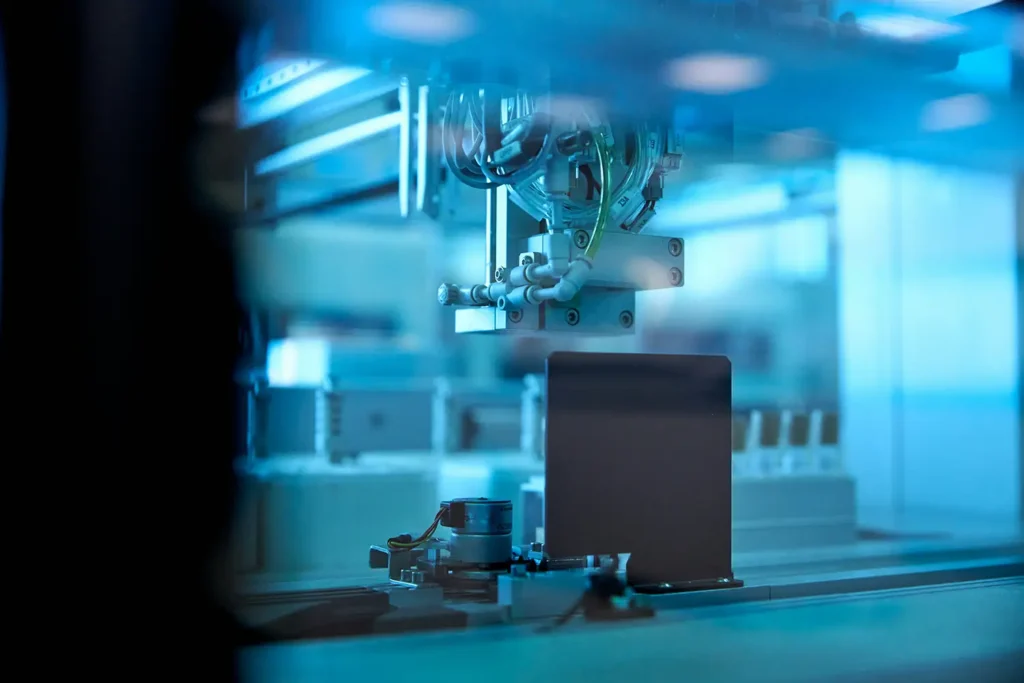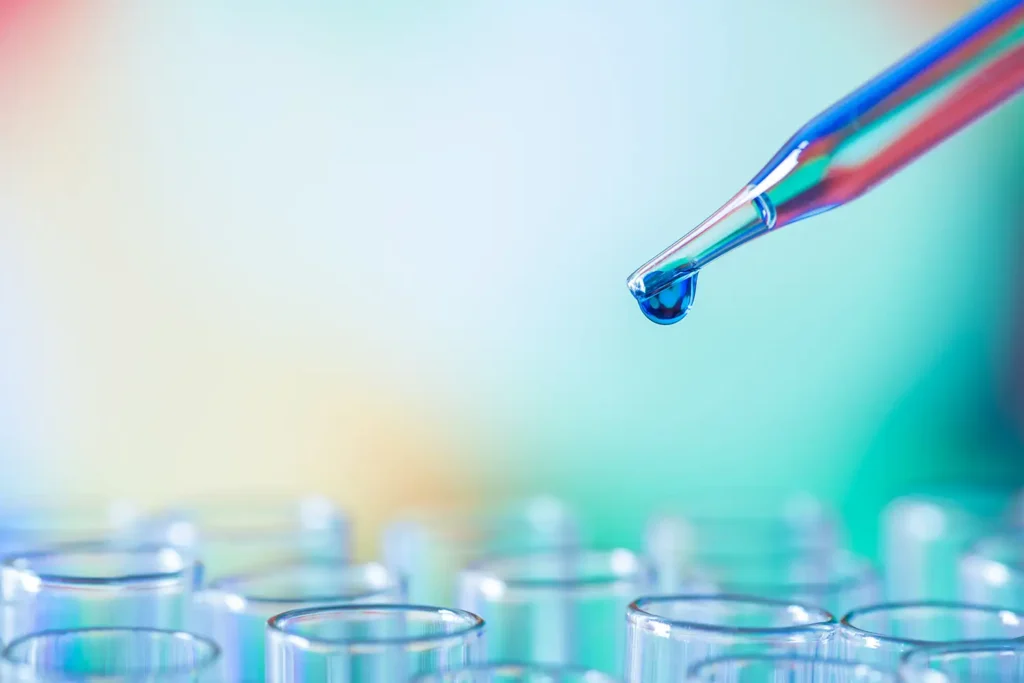Aquaculture Testing
Aquaculture testing refers to the process of monitoring and analyzing various factors in aquatic environments where fish, shrimp, shellfish, or other aquatic organisms are farmed. This testing is essential for ensuring the health, growth, and sustainability of aquatic species, as well as for maintaining the quality of the water in which they live. FL provides testing support to companies where they need immediate attention for the health of farmed aquatic species.
Water quality is the most important in aquaculture and it includes monitoring levels of dissolved oxygen, pH, salinity, temperature, ammonia, nitrites, nitrates, and other water parameters that affect the health and growth of aquatic species.
- pH value
- Electrical Conductivity
- Particle size
- Total Organic Carbon (TOC)
- Chloride and Sulphate
- Sodium Absorption ratio (SAR)
- Total Organic Matter
- Metals
- Exchangeable Cations
- Cation Exchange Capacity (CEC)
- Electrical Conductivity
- Carbon, Hydrogen, Nitrogen, Sulphur, Phosphorous
Testing for harmful bacteria, viruses, and parasites that could infect farmed species. This is important for disease control and maintaining safe, healthy environments.
Bacteria
- Aeromonas salmonicida
- Pseudomonas aeruginosa
- Pseudomonas alcaligenes
- Pseudomonas fluorescens
- Pseudomonas luteola
- Pseudomonas mendocina
- Pseudomonas oleovorans
- Pseudomonas oryzihabitans
- Pseudomonas putida
- Pseudomonas stutzeri
- Vibrio anguillarum
- Vibrio harveyi
- Vibrio salmonicida
- Vibrio alginolyticus
- Vibrio cholerae
- Vibrio fluvialis
- Vibrio metschnikovii
- Vibrio mimicus
- Vibrio parahaemolyticus
- Vibrio vulnificus
- Streptococcus iniae
- Pasteurella pneumotropica
- Pasteurella canis
- Pasteurella dagmatis
- Pasteurella multocida
- Pasteurella pneumotropica
- Pasteurella testudinis
- Photobacterium damselae
- Xenohaliotis californiensis
Viruses
- Norovirus
- Hepatits A Virus
- Abalone herpesvirus
- Viral haemorrhagic septicaemia Novirhabdovirus
- Infectious Pancreatic Necrosis Virus (IPNV)
- Lymphocystivirus
- White Spot Syndrome Virus (WSSV)
- Taura Syndrome Virus (TSV)
- Yellow Head Virus (YHV)
Parasites
- Cryptosporidium
- Giardia lamblia
- Microsporidia spp.
- Toxoplasma gondii
- Bonamia exitiosa
- Bonamia ostreae
- Marteilia refringens
- Perkinsus marinus
- Perkinsus olseni
Monitoring the nutritional composition of the feed provided to the aquatic species to ensure it supports optimal growth and health. This also includes testing water for excess nutrients that could lead to eutrophication (nutrient pollution).
- Organic Matter
- Phosphorus (P)
- Nitrogen (N)
- Biomass Estimation
- Total Organic Carbon
- Minerals
- Heavy Metals
- Algal Toxins
- - Okadaicacid
- - Domoicacid
- - Azaspiracid
- - Yessotoxin
- - Brevetoxin
- - Saxitoxin
- - Gonyautoxin
- - Dinophysistoxin
Post-mortem analysis in aquaculture animals is a critical diagnostic procedure used to determine the cause of death, identify diseases, and assess the overall health of aquatic populations. FL conducts this study in
- Fish: (Liver, spleen, kidney, intestines, bladder and muscle tissue)
- Shrimp: (Hepatopancreas, gills, stomach, intestines, and muscle)
- Mollusks: (Digestive gland, gills, mantle, and foot)
It helps the identification of Bacterial, Fungal, Parasitic, Viral infections, Environmental Stress, Nutritional Deficiencies, and Toxin poisoning and
- Early detection of diseases to prevent outbreaks.
- Improved understanding of environmental impacts on animal health.
- Enhanced management practices to reduce mortality and economic losses.
Compliance with regulatory standards for food safety and animal welfare.
Testing for harmful chemicals or pollutants such as pesticides, heavy metals, or other toxins that could accumulate in the aquatic organisms or the surrounding environment.
- Heavy Metals
- Organochlorines
- Organophosphates
- Pyrethroids
- Polychlorinated Biphenyls
- Polycyclic Aromatic Hydrocarbons
- Dioxins and Furans
- Antibiotics
- Antiparasitics
- Hormones and Growth Promoters
- Volatile Organic Compounds
- Per- and Polyfluoroalkyl Substances
- Microplastics
- Bisphenol A
- Phthalates
- More…
Comprehensive Testing Solutions for a Safer, Healthier Future.

